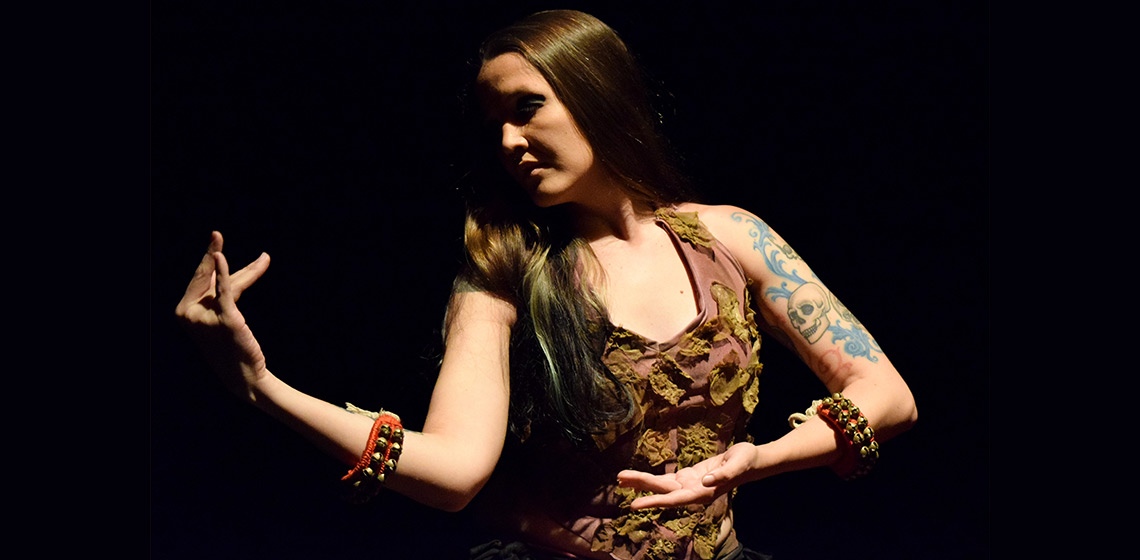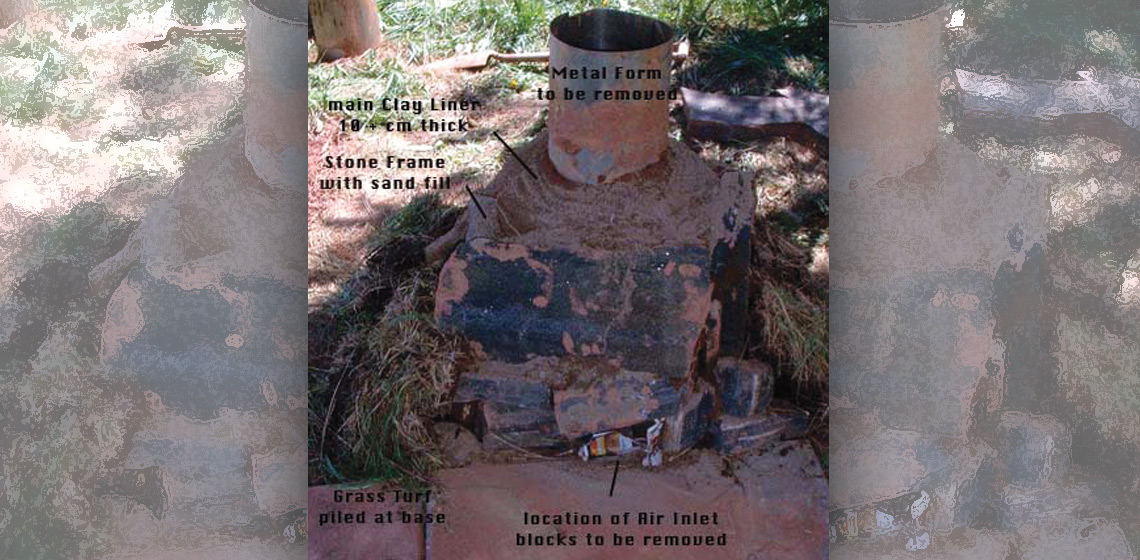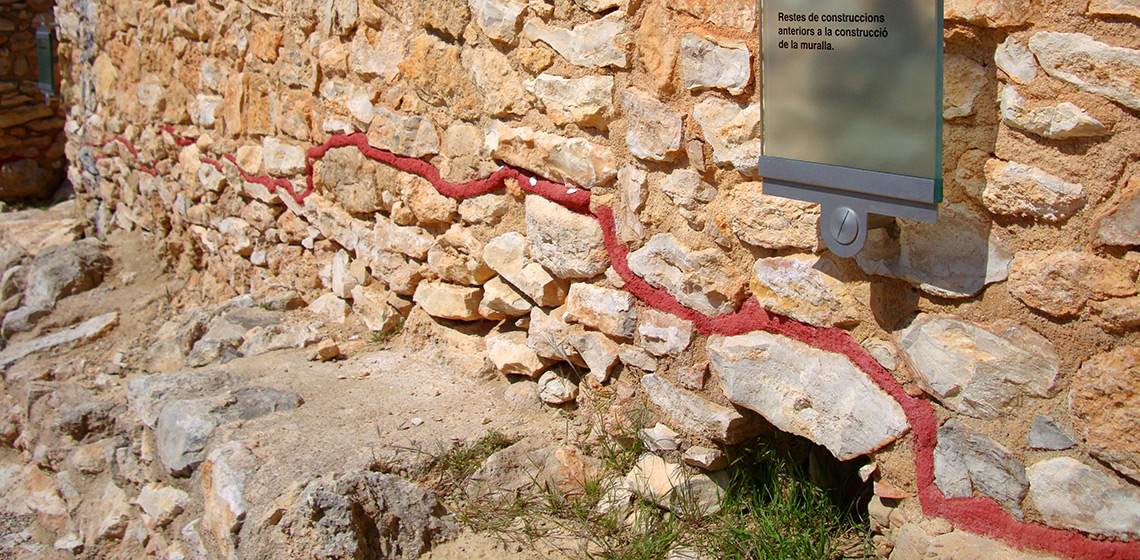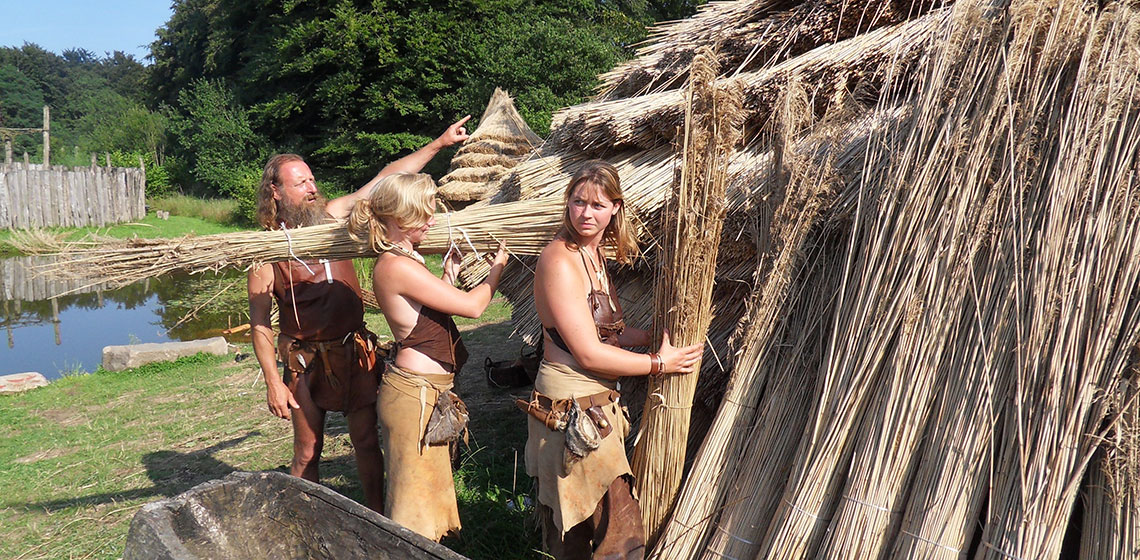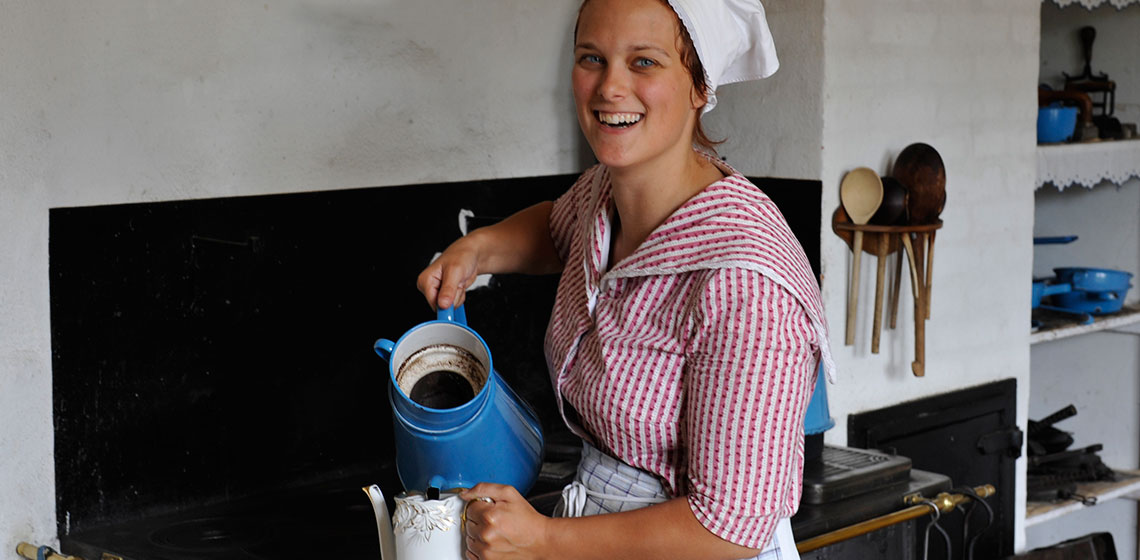The Experimenter's Body: Movement as an Artifact
Publication Date
This paper summarises a part of the discussions carried out in the author's MA in Archaeology at the Federal University of Rio de Janeiro - Brazil. Starting from the question “when the only thing we have is the archaeologist’s body, how can we do archaeology?” We propose to engage with methodologies and theories from the field of Dance to analyse the experimenter’s body in experimental archaeology research...

